When you think of classic elegance, decorative wrought iron often comes to mind. From ornate gates to intricate railings, this material has been used for centuries to enhance the beauty of homes and public spaces. Having incorporated wrought iron elements in my own home, I can personally attest to its transformative power. In this article, we will dive deep into the world of decorative wrought iron, exploring its history, applications, pros and cons, and tips for choosing the right pieces for your space.
What is Decorative Wrought Iron?
Wrought iron is an iron alloy with a very low carbon content, making it malleable and ductile. Unlike cast iron, which is brittle and not as easily shaped, wrought iron can be fashioned into intricate designs. Decorative wrought iron components are often hand-forged, showcasing craftsmanship that results in unique pieces.
History of Wrought Iron
The use of wrought iron dates back to ancient times. It was a popular material for weaponry and essential tools. Over the centuries, artisans began to explore its potential for decorative applications, leading to the wrought iron gates and railings we admire today.
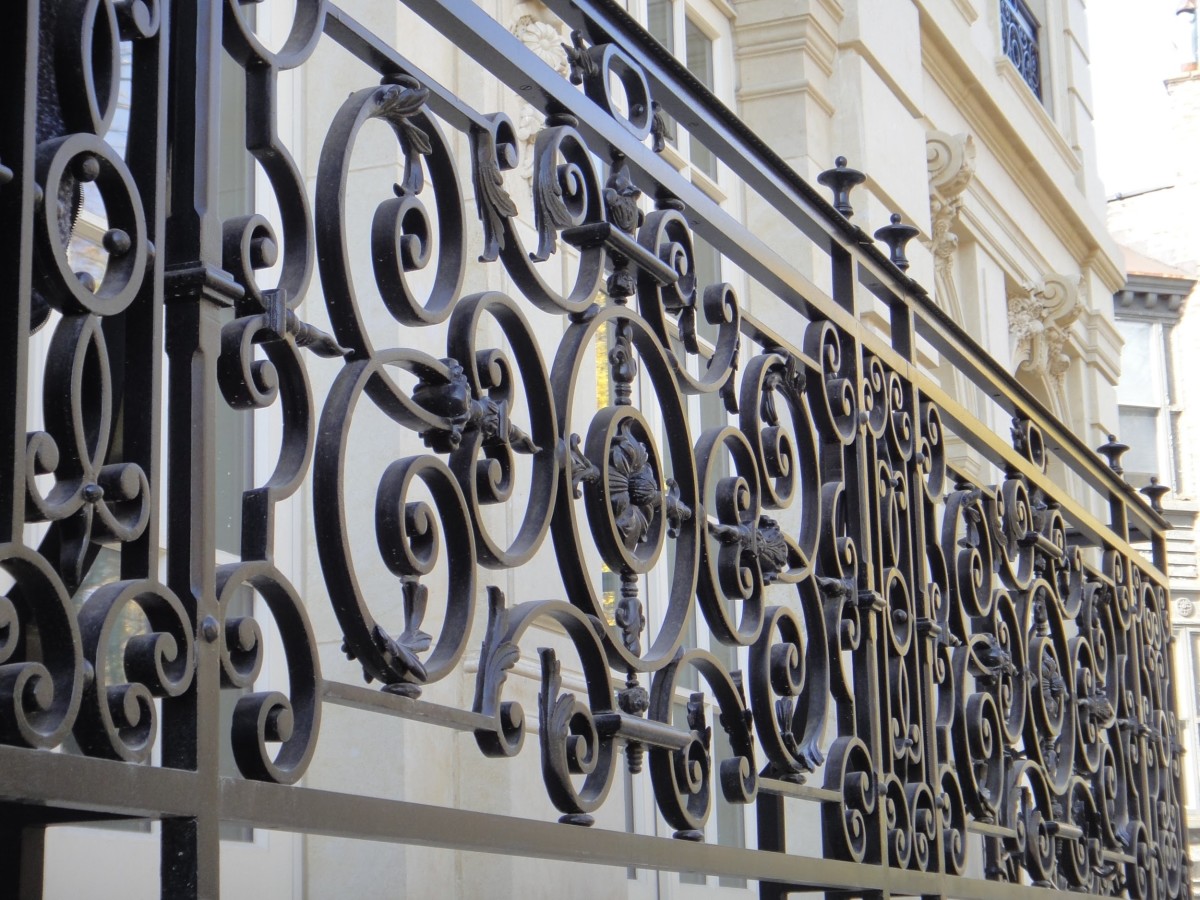
Timeline of Decorative Wrought Iron
- Ancient Times: Used for tools and weapons.
- Middle Ages: Emergence of decorative applications in Europe.
- 19th Century: Industrial Revolution enhances production.
- Modern Era: Revival of artisan techniques for bespoke pieces.
Applications of Decorative Wrought Iron
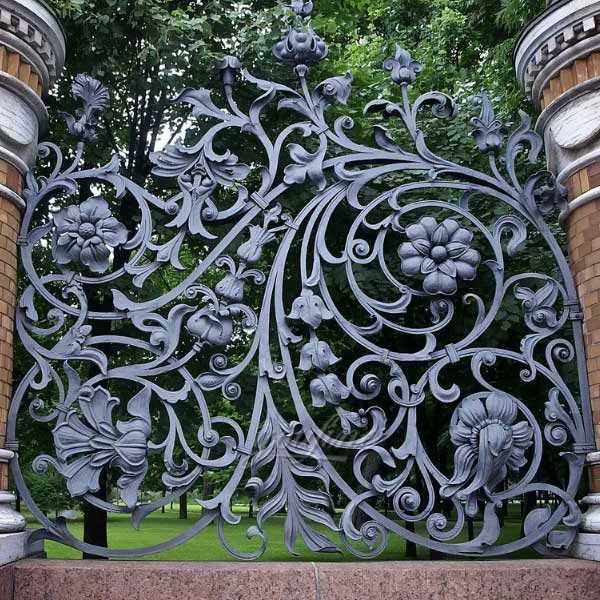
Decorative wrought iron can be integrated into various aspects of home décor and architecture. Let’s explore some popular applications:
Gates and Fences

One of the most popular uses of decorative wrought iron is in gates and fences. They not only provide security but also add curb appeal to your property.
Railings and Balconies

Wrought iron railings enhance both safety and aesthetics. Whether on staircases or balconies, these elements can be customized to fit any style.
Furniture
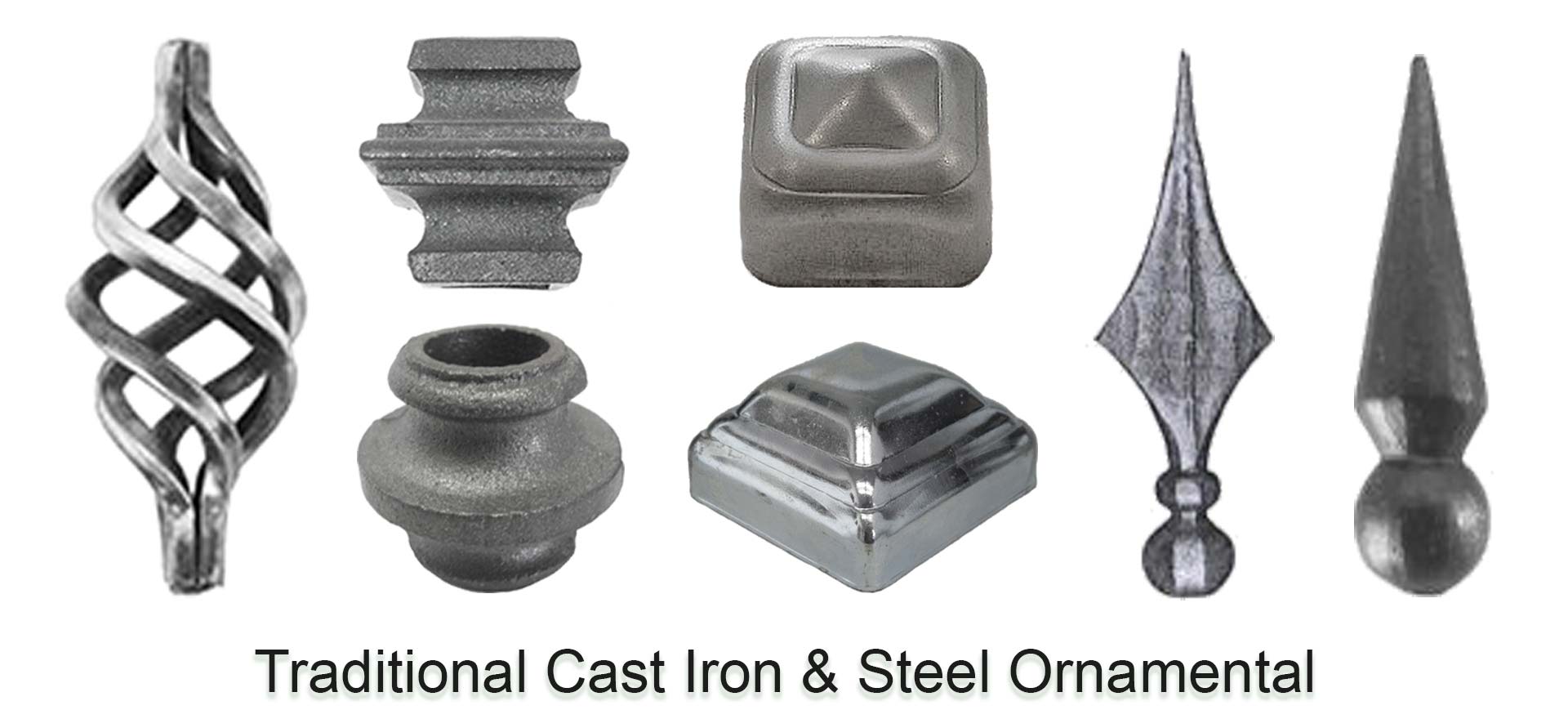
From coffee tables to patio sets, wrought iron furniture offers durability and a unique look, making it a favorite among designers.
Light Fixtures
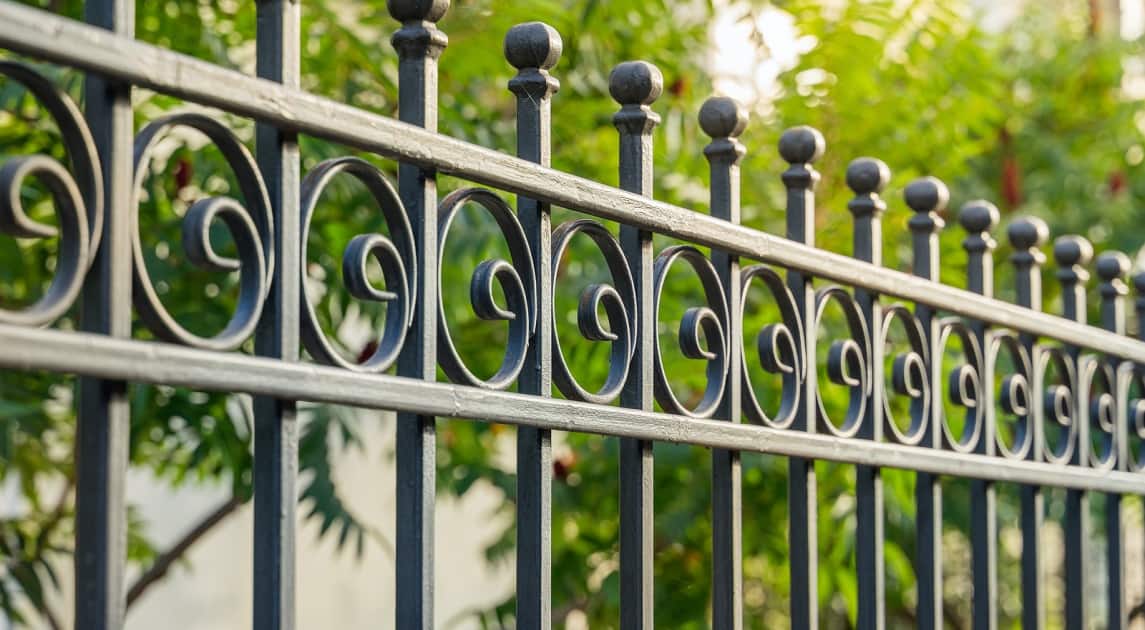
Wrought iron light fixtures can provide an ambiance that complements any décor style, from rustic to modern.
Decorative Accents
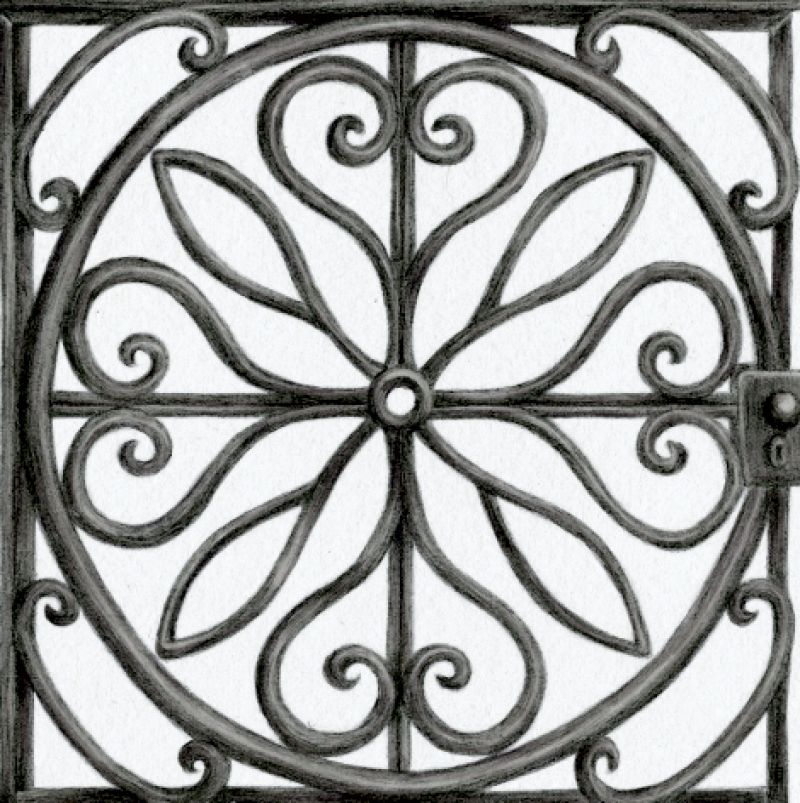
Small decorative pieces such as wall art, hooks, and planters can make a significant impact when crafted from wrought iron.
Pros and Cons of Decorative Wrought Iron
| Pros | Cons |
|---|---|
| Durable and long-lasting | Can be heavy and difficult to move |
| Customizable designs | Requires regular maintenance to prevent rust |
| Classic beauty | Higher initial cost compared to other materials |
| Versatile for various applications | May not suit all architectural styles |
Choosing the Right Decorative Wrought Iron for Your Home
As someone who has made the leap into incorporating wrought iron into my home, I’ve learned some valuable tips along the way. Here are some guidelines for selecting the right pieces.
Consider Your Style
The first step is to consider your home’s architectural style. Wrought iron can fit into various aesthetics, but it’s essential to choose designs that complement your existing décor.
Traditional vs. Modern
Traditional wrought iron pieces often feature intricate scrollwork and ornate designs, while modern styles may lean towards minimalist and geometric patterns. Choose what resonates with you.
Functionality Matters
Think about the purpose of the wrought iron piece. If you are looking for security, prioritize sturdy gates and fences. For decorative purposes, lighter options may be more suitable.
Maintenance and Durability
Keep in mind that wrought iron requires some level of maintenance. Look for pieces that have been treated to resist rust and corrosion for longevity.
Installation Tips for Decorative Wrought Iron
DIY vs. Professional Installation
Depending on the scope of your project, you may choose to tackle the installation yourself or hire a professional. For smaller projects like wall décor, DIY is feasible. For larger installations, such as gates or railings, professional help is advisable.
Tools You May Need
- Power Drill
- Measuring Tape
- Level
- Wrenches
Important Installation Steps
- Measure Twice: Ensure accurate measurements to avoid mistakes.
- Secure Anchors: Use quality anchors for railings and gates to ensure safety.
- Follow Manufacturer Instructions: Adhere to guidelines for installation and maintenance.
Decorative Wrought Iron Maintenance
To keep your wrought iron looking its best, regular maintenance is crucial. Here’s what I’ve learned:
Cleaning
Regularly clean your wrought iron with soap and water to remove dirt and grime. Avoid abrasive cleaners that can scratch the surface.
Rust Prevention
Apply a rust-resistant paint or sealant to help protect against corrosion. Check for rust spots periodically and address them immediately.
Inspection
Inspect your wrought iron pieces for any loose bolts or joints. Tighten them as necessary to maintain structural integrity.
Decorative Wrought Iron vs. Other Materials
In deciding whether decorative wrought iron is the best choice, it’s helpful to compare it with some other materials commonly used in home décor.
| Material | Pros | Cons |
|---|---|---|
| Wrought Iron | Durable, customizable, classic look | Heavy, requires maintenance |
| Aluminum | Lightweight, rust-resistant, low maintenance | Less durable than iron, limited design options |
| Wood | Warmth, natural beauty | Susceptible to weathering, higher maintenance |
| Vinyl | Low maintenance, versatile colors | Less authentic, may warp over time |
Inspiration: Decorative Wrought Iron in Home Design
To inspire your design journey, here are some ideas I’ve gathered from various homes and public spaces:
Entrance Gates
A beautifully crafted wrought iron gate communicates charm and security right at your front door.
Indoor Railings
Elegant railings can transform a simple staircase into a stunning focal point.
Garden Accents
Wrought iron trellises and planters can add sophistication to your garden or landscaping.
Unique Art Pieces
Consider incorporating decorative wrought iron wall art to showcase unique designs and craftsmanship.
Frequently Asked Questions (FAQs)
What is the difference between wrought iron and cast iron?
Wrought iron is malleable and can be shaped easily, while cast iron is more brittle and is typically used for heavier applications.
Is decorative wrought iron expensive?
While it can be more expensive initially compared to other materials, its durability and longevity can make it a worthwhile investment.
How do I maintain decorative wrought iron?
Regular cleaning, rust prevention treatments, and inspections can help maintain wrought iron’s look and integrity.
Can I use decorative wrought iron outdoors?
Yes, many decorative wrought iron pieces are suitable for outdoor use, but be sure to look for those treated to resist rust and corrosion.
Is decorative wrought iron safe?
Yes, when installed correctly, decorative wrought iron is safe and can enhance the security and aesthetic appeal of your home.
Conclusion
Decorative wrought iron offers an unmatched blend of beauty and functionality that can elevate any space. Whether you’re seeking to enhance your home with gates, railings, furniture, or decorative accents, the timeless appeal of wrought iron is sure to impress. I hope this guide helps you in your journey to transform your space into a stunning representation of your personal style!